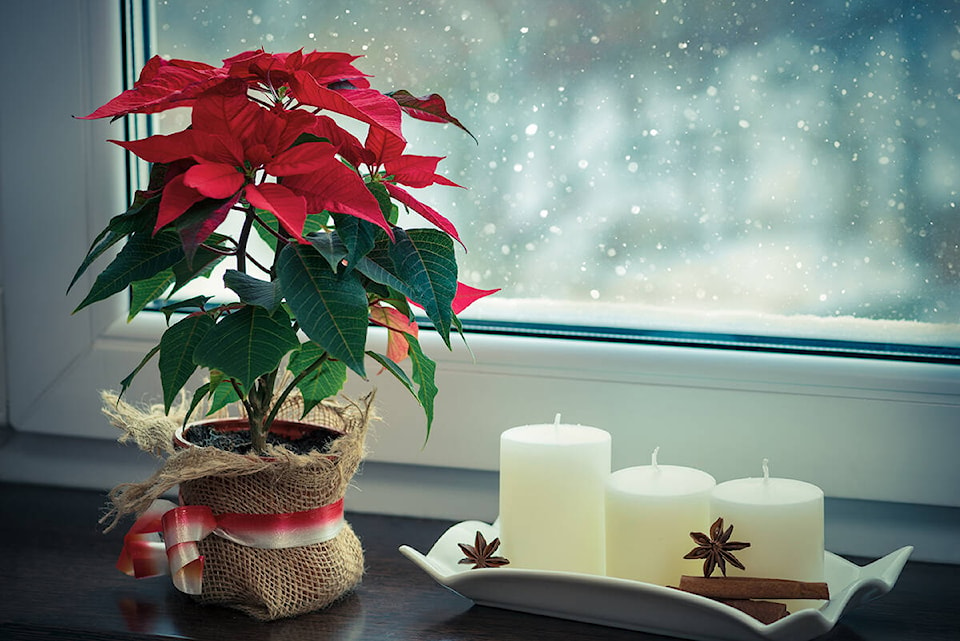Have you ever wondered how the poinsettia came to be known as one of the symbols of Christmas? (You know the Christmas tree is the other one, don’t you?)
Would you believe me if I said it all started with a marketing campaign?
To give you some background, the poinsettia, known botanically as Euphorbia pulcherrima, is native to Central America and Mexico. In the wild, this plant prefers mid-elevation slopes with exposure to the particular climate that comes off the Pacific Ocean. Given these conditions in their native countries, poinsettias can grow as high as 13 feet.
So how did this plant wind up in North America?
Introducing the first United States Minister to Mexico, Joel Poinsett, who served in this position in the early 1820s. Besides being a career politician, he was also an amateur botanist.
Poinsett was so smitten by this colourful plant when he saw it for the first time just outside of Mexico City, he had numerous cuttings sent to his plantation near Georgetown, South Carolina. There the cuttings were nurtured and more plants were propagated – enough to start sharing with numerous botanical gardens across the United States under the name of “Mexican fire plant.”
It did not take long for this new plant introduction to become popular and was subsequently renamed “poinsettia” in honour of Poinsett.
Enter Paul Ecke, a.k.a. “Mr. Poinsettia.” His father, Albert, was the first to explore the poinsettia’s commercial potential but it was not long before Paul envisioned a much more marketable plant if only the single-stemmed, tall plant could be brought down in size.
Through selective breeding and perhaps utilizing some tissue culture methods, Paul was able to produce the shorter, multi-branched, potted plant we know today. He then expanded his operations in order to grow literally tens of thousands of potted poinsettias for the Christmas season.
To promote his crimson-leaved plant, Paul sent thousands to TV studios across the United States where they appeared on such sets as Bob Hope’s holiday shows and “The Tonight Show.” With so few flower varieties in bloom that time of year, popularity and public demand soared. Nowadays, you will notice there is hardly a news studio that is not boasting at least a few pots of poinsettias prominently.
To commemorate Joel Poinsett’s role in bringing the poinsettia to the United States, the date of his death in 1851 on Dec. 12, was officially named National Poinsettia Day by an Act of Congress in 2002.
But I would be remiss if I did not also mention the not-so-good side of the poinsettia. Just as too many Christmas goodies can be bad for your health, poinsettias must be handled with care. The white sap contained in the stems can cause irritation and possibly blistering on some individuals with sensitive skin. You also do not want to get the sap anywhere near your eyes. (This is true of all plants in the spurge family, Euphobiaceae.)
Forewarned is forearmed. So please enjoy your potted poinsettia for the festive cheeriness it contributes to your indoor holiday decor. And Merry Christmas!
Leslie Cox co-owns Growing Concern Cottage Garden in Black Creek. Her website is at www.duchessofdirt.ca
